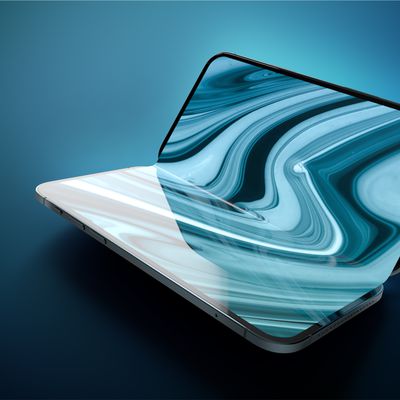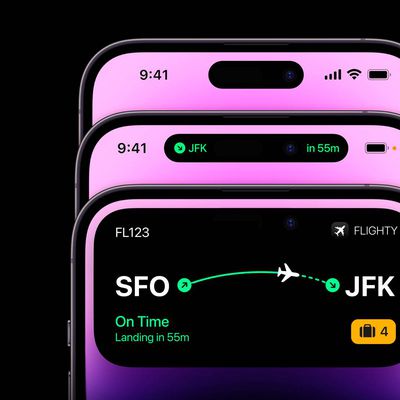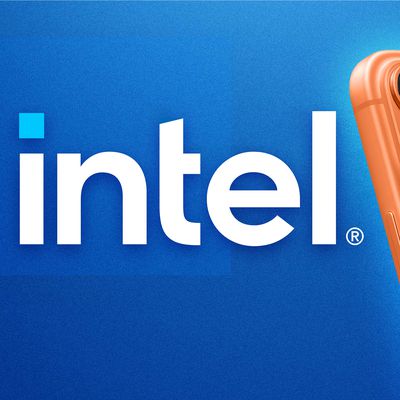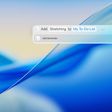The ongoing court case between Apple and Samsung over alleged patent and design infringement has continued to take strange and interesting turns, with Samsung having been chided earlier this week for publicly releasing evidence that it had already been barred from presenting in court. But in taking its case to the media, Samsung raised the ire of the judge overseeing the case and caused Apple to file a request for sanctions based on the claim that Samsung is trying to improperly influence the jury in the case.
The disputed evidence involves Sony-inspired iPhone prototypes as well as information on Samsung's F700 smartphone, which the company says carries a similar design to the iPhone but for which Samsung has internal documentation of the design dating back to mid-2006, before the iPhone's January 2007 unveiling.

AllThingsD reports that Apple has taken the rather bold position that sanctions against Samsung should result in a default ruling from the judge against Samsung.
Apple, in its motion for sanctions, argues that Samsung’s broadcast of excluded evidence is not only a clear attempt to prejudice the jury, but part of an emerging pattern of misconduct.
“Samsung already has been sanctioned four times in this case for discovery abuses. Most recently, Samsung was sanctioned for destroying evidence,” Apple’s legal team wrote. “Litigation misconduct is apparently a part of Samsung’s litigation strategy — and limited sanctions have not deterred Samsung from such misconduct. Now, with so much at stake, Samsung has taken the calculated risk that any sanctions arising from its attempt to influence the jury with its excluded arguments are a price it is willing to pay.”
Outlining its belief that Samsung's escalation of misconduct in the case can only be properly addressed by a judge-ordered decision against the company, Apple notes that "serious misconduct can only be cured through a serious sanction".
As highlighted by FOSS Patents, Apple's request for sanctions would cover only the four design infringement claims against Samsung, with the remaining software patent claims and trade dress issues still being subject to a decision by the jury.
In that case, Samsung would potentially face a billion-dollar damages bill, most of which would be a disgorgement of infringer's profits. The jury would still have to establish liability with respect to Apple's three software patents-in-suit and its two trade dresses, but liability with respect to the four design patents-in-suit would be determined by the court.
As an alternative to the proposed court-issued decision in Apple's favor, Apple proposes a somewhat lesser sanction that would see the jury informed of Samsung's misconduct and instructed that the court believes Samsung to have infringed Apple's designs, with Samsung also being barred from any further discussion of the disputed evidence.























